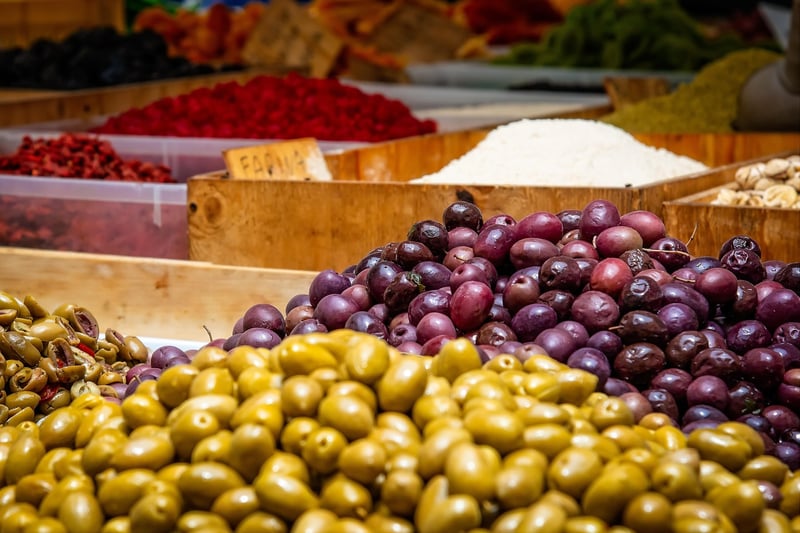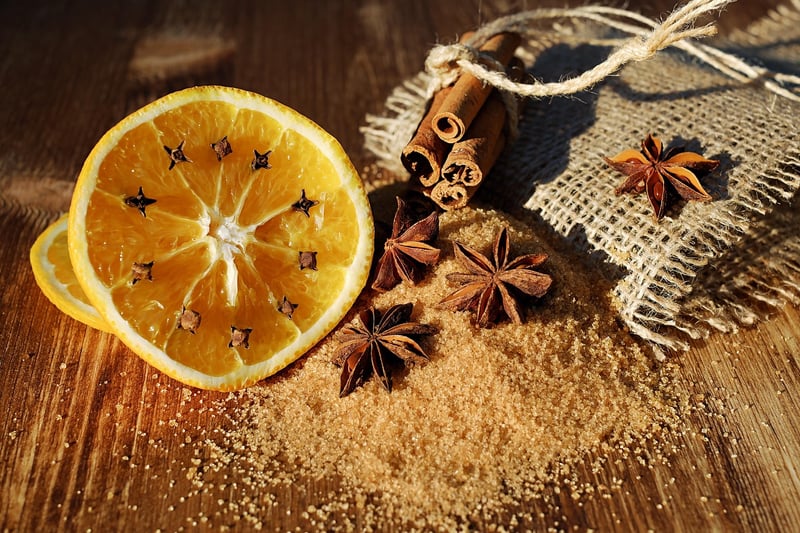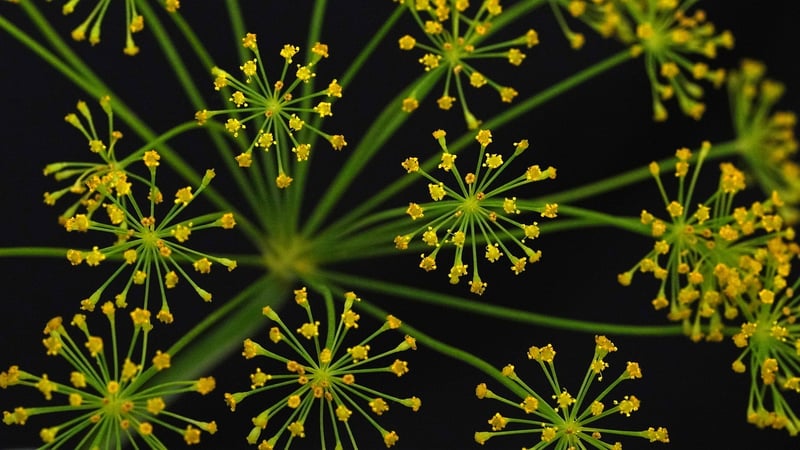Evolution of Spices
The Evolution of Spices: A Journey Through Culinary History
Spices have played a crucial role in shaping the way we cook and eat throughout history. From ancient times to modern-day kitchens, the use of spices has evolved, creating a tapestry of flavors that define culinary traditions around the world.
Ancient Beginnings
Spices have been used for thousands of years, with evidence of their presence dating back to ancient civilizations such as the Egyptians, Greeks, and Romans. These early civilizations prized spices not only for their flavor but also for their medicinal and preservative qualities.

The Age of Exploration
During the Age of Exploration in the 15th and 16th centuries, European explorers set sail in search of new trade routes to the East, leading to the discovery of exotic spices such as pepper, cinnamon, and cloves. The spice trade became a lucrative business, spurring the growth of empires and influencing global politics.

Modern Usage
Today, spices continue to play a vital role in cuisine, adding depth and complexity to dishes from all corners of the globe. With increased globalization, access to a wide variety of spices has never been easier, allowing chefs and home cooks to experiment with flavors from different cultures.
Popular Spices
- Cumin
- Turmeric
- Paprika
- Cinnamon
- Cardamom
Health Benefits
In addition to their culinary uses, many spices are also valued for their health benefits. Turmeric, for example, is known for its anti-inflammatory properties, while cinnamon may help regulate blood sugar levels. Incorporating a variety of spices into your diet can not only enhance the flavor of your meals but also contribute to your overall well-being.
Embark on your own culinary journey by exploring the rich history and diverse flavors of spices from around the world. Whether you're a seasoned chef or a novice cook, the world of spices offers endless possibilities to tantalize your taste buds and elevate your cooking to new heights.
Happy cooking!
